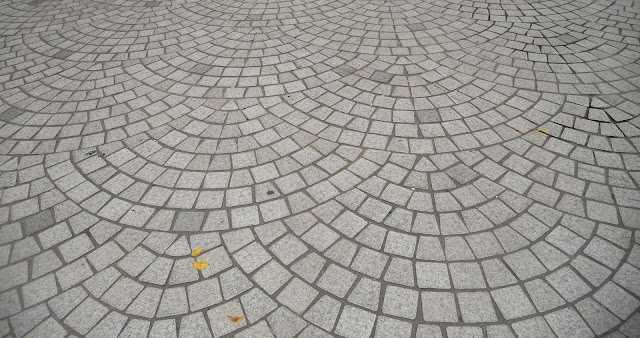Chuck Berry—Sweet Little Sixteen (1958)
Unbelievably, it has taken me until 1958 to get around to listing Chuck Berry. Nobody from the 1950s has had more of his songs covered by later musicians, although this isn’t one that I’m aware has been covered by anyone else. However, it’s always been my favourite Chuck Berry track, although this isn’t because the lyric includes the following lines:
They’re really rocking on Bandstand,It was clearly Berry’s intention to celebrate the program, but I’ve always considered American Bandstand, and its host Dick Clark, to be among the prime movers behind the general trend towards emasculating rock ’n’ roll that gathered steam in the late 1950s in the wake of the payola scandal, when it emerged that record companies were paying disc jockeys such as Alan Freed to play their records (Freed has a composing credit on Chuck Berry’s first ever hit, Maybellene, which is highly suggestive of a corrupt system).
Philadelphia, Pa.
Jerry Lee Lewis—High School Confidential (1958)
If Little Richard is the rhythm-and-blues exemplar of manic singing and piano playing, then Jerry Lee Lewis is his country-and-western counterpart. And this is Lewis at his most manic.
The Coasters—Yakety Yak (1958)
The Coasters were probably the most prolific vocal group of the late 1950s, and several of their songs were covered by British bands in the mid-1960s, including Poison Ivy and Searchin’. A lot of their output could be categorized as ‘novelty’ songs, but Yakety Yak had a more serious message: the nonsense that teenagers have to put up with from adults.
Johnny Otis—Willie and the Hand Jive (1958)
The cadences of Willie and the Hand Jive bear a strong resemblance to Bo Diddley, but Bo Diddley’s endless self-referencing is tiresome. This is a far more interesting song.
Bobby Day—Rockin’ Robin (1958)
Most people will be familiar with this song from the version by Michael Jackson, from the time when he was still a squeaky-voiced member of the Jackson 5. Check this one out—it’s much, much better!
Frankie Ford—Sea Cruise (1959)
This song was originally recorded by Huey ‘Piano’ Smith, but as I’ve already included a song by this artist in my list—and this is the version I heard first—I thought that it was worth a mention.
The Olympics—Hully Gully (1959)
This song is reputed to have kickstarted a dance craze, but if it did, the echoes certainly didn’t reach the small market town in the north of England where I grew up. And the twist had to wait for Chubby Checker before catching on as a dance rather than being just a song (below). I don’t think many people will remember this one.
The Clovers—Love Potion No. 9 (1959)
This song was written by the Leiber/Stoller partnership, who were also responsible for the bulk of the Coasters’ output, and I’ve often wondered why it was never recorded by the better-known group, because it would have been right up their street. This is the only notable recording by the Clovers.
Chan Romero—Hippy Hippy Shake (1959)
Most people will have first heard this song in the version by the Swinging Blue Jeans, one of the lesser bands to emerge from Liverpool on the back of the Beatles, but this is the original. As a Latino, Chan Romero was heavily influenced by Ritchie Valens, but this was his only major hit.
Hank Ballard and the Midnighters—The Twist (1959)
Chubby Checker may have popularized the twist as a dance, but he added absolutely nothing to the song. This is another original that deserves more attention.
Wilbert Harrison—Kansas City (1959)
I’ve often wondered what is special about Kansas City, which strikes me as an insignificant midwestern conurbation. Perhaps it’s because it’s the only place that I can think of whose name fits the cadences of the song. However, that observation doesn’t detract from this recording, which is another widely covered original that is well worth a listen.
Ray Charles—What’d I Say (1959)
This record attracted controversy when first released because it featured the call-and-response motif that had until then been restricted to gospel music. And this was a clear example of ‘the Devil’s music’ and thus antithetical to gospel.
Barrett Strong—Money (That’s What I Want) (1959)
I first heard this song in the Beatles’ version, and I was electrified. However, this is the original version, and it’s well worth a listen. It was also the first ever hit on the soon to be dominant Tamla label.
Johnny and the Hurricanes—Red River Rock (1959)
Purely instrumental music was a rarity in rock ’n’ roll, but Johnny and the Hurricanes produced a string of hits in the late 1950s. This track, a rocked-up version of the country song Red River Valley, is my favourite. The melody is played on a Hammond organ, with embellishments by guitar and tenor saxophone.
further reading
Don’t Talk Back.
Black Music of the 1960s.




























